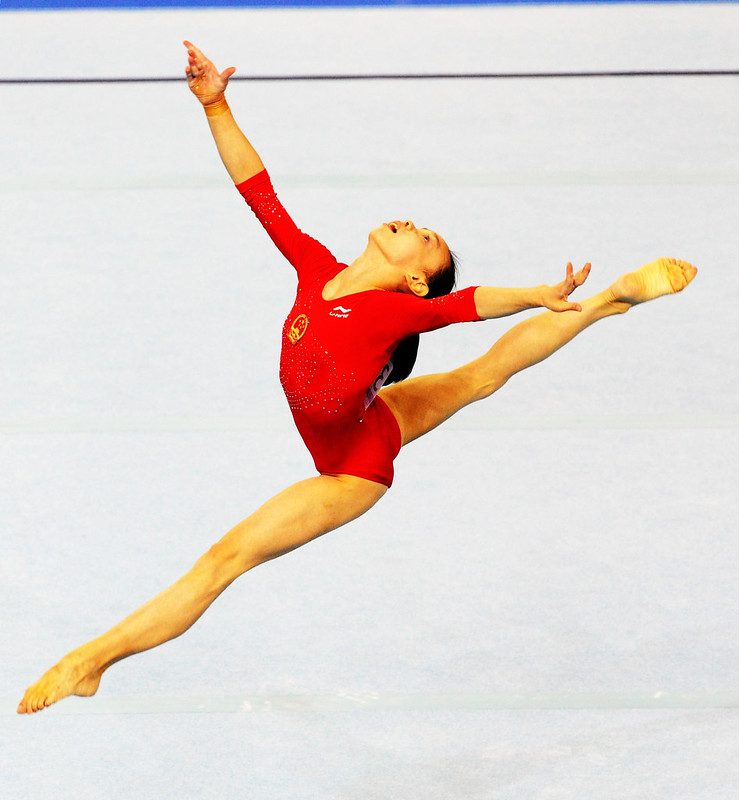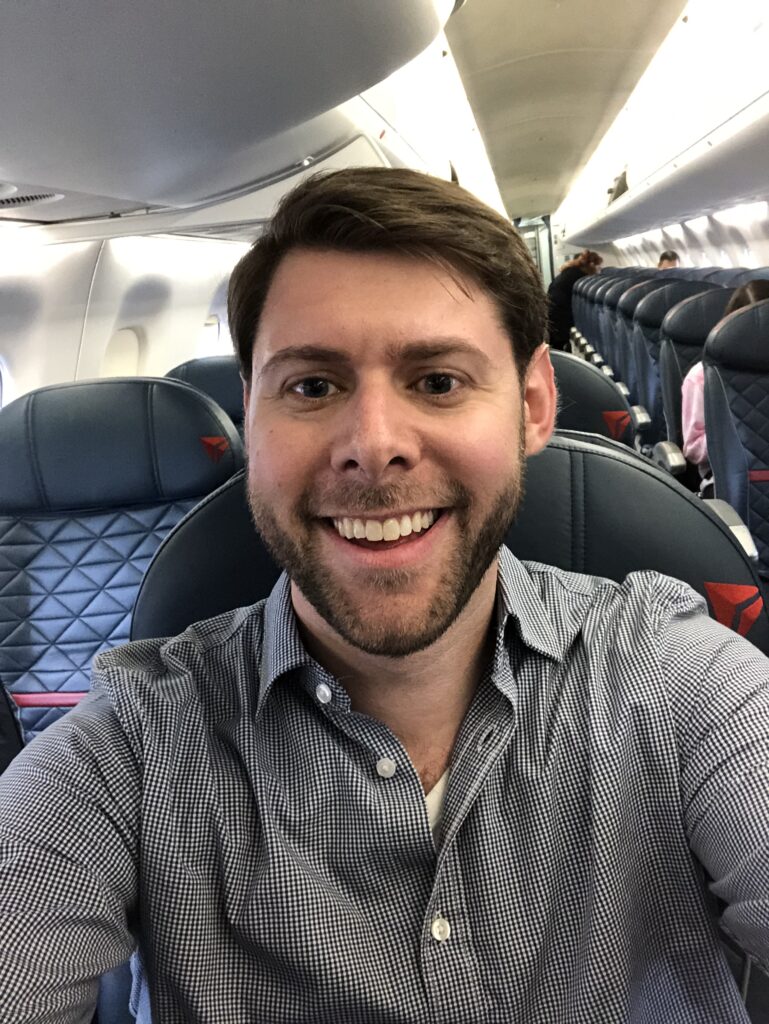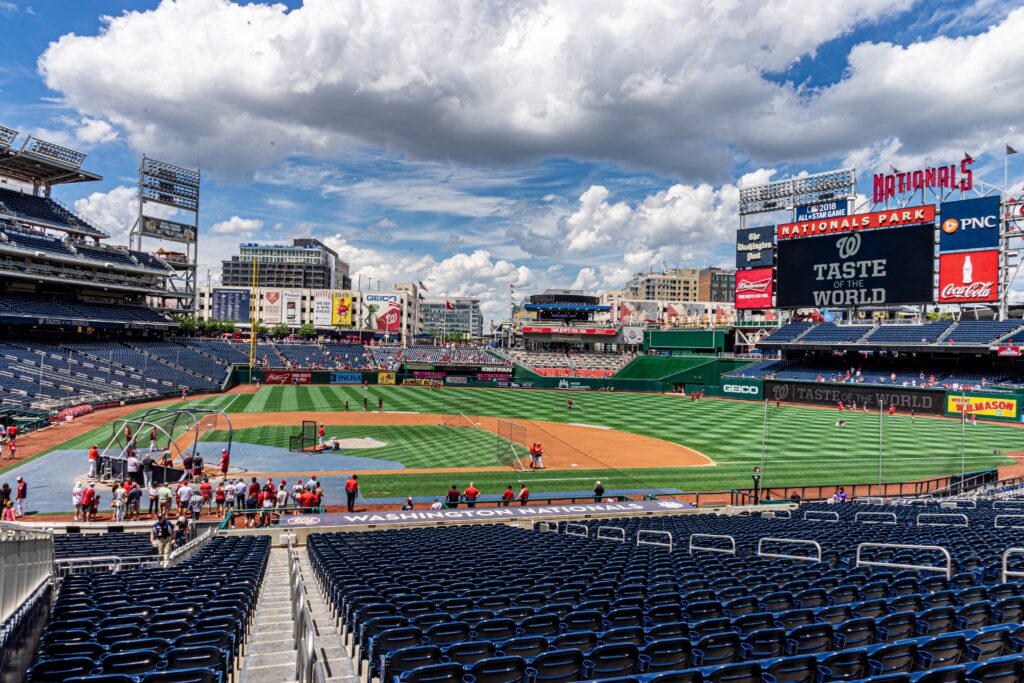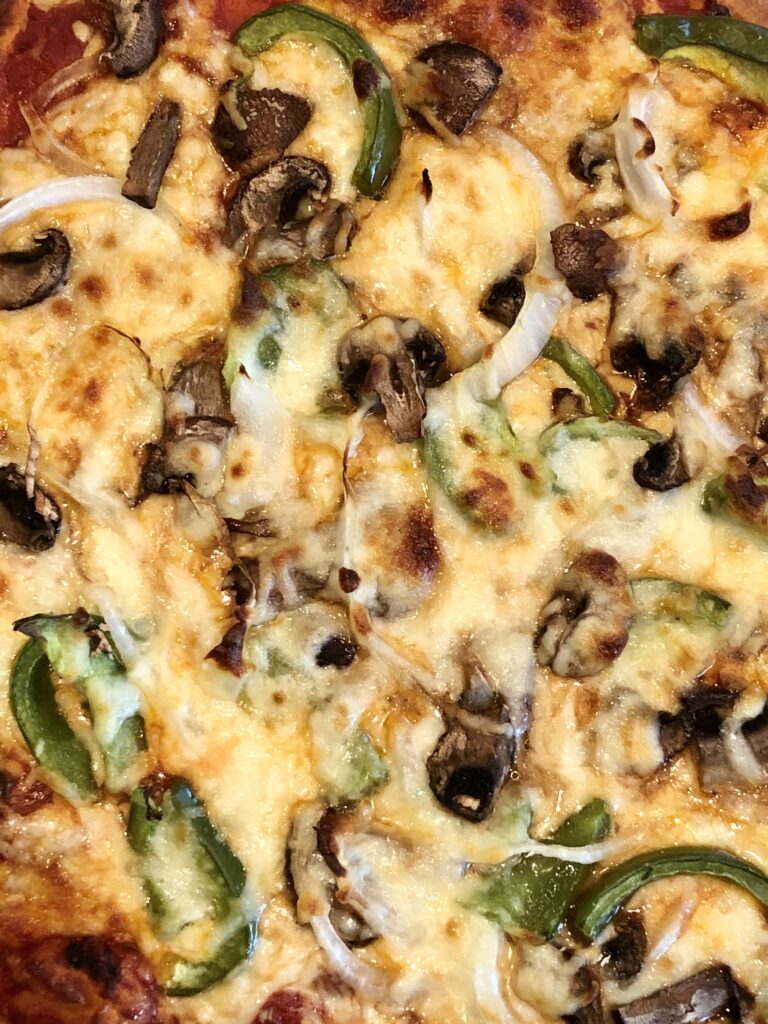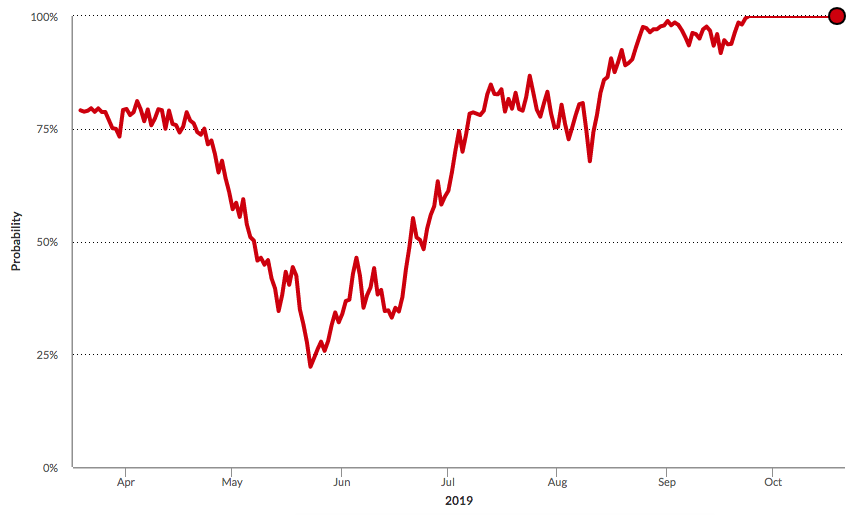
The New Yorker did an interview with John Swartzwelder, one of the most prolific writers in the history of “The Simpsons,” and a man who is legendary for his privacy. (The New Yorker described him as “reclusive, mysterious, almost mythical.”) The interview’s fascinating and funny, but I particularly enjoyed this part:
How much time and attention did you spend on these scripts? Another “Simpsons” writer once compared your scripts to finely tuned machines—if the wrong person mucked with them, the whole thing could blow up.
All of my time and all of my attention. It’s the only way I know how to write, darn it. But I do have a trick that makes things easier for me. Since writing is very hard and rewriting is comparatively easy and rather fun, I always write my scripts all the way through as fast as I can, the first day, if possible, putting in crap jokes and pattern dialogue—“Homer, I don’t want you to do that.” “Then I won’t do it.” Then the next day, when I get up, the script’s been written. It’s lousy, but it’s a script. The hard part is done. It’s like a crappy little elf has snuck into my office and badly done all my work for me, and then left with a tip of his crappy hat. All I have to do from that point on is fix it. So I’ve taken a very hard job, writing, and turned it into an easy one, rewriting, overnight. I advise all writers to do their scripts and other writing this way. And be sure to send me a small royalty every time you do it.
That’s interesting. So create an imperfect world and then improve it?
That’s the way I do it.
I absolutely love this idea. And the most interesting thing for me is, it’s actually the second time I’ve heard this idea this month!
The other time? On the podcast “Two Writers Slinging Yang,” as shared by award-winning food writer Alan Richman. He told host Jeff Pearlman:
I would sit down with my notes in front of me and whatever’s in my head, and I would write a first draft, and I would make sure it was much longer than the story was going to be. I would write maybe three or four thousand words, just off the top of my head, just spewing it out and typing it, and I knew that was not going to be the story. But that gets everything out of my head. By doing that, I would say, “Oh, this is important.” I would start to see what I had in my head and what would make the story… I always wrote a first draft as fast as I could until I got everything out of my head and on paper. And then I would write the second draft, and that’s when I’d start to write.
Someone once said all writing is re-writing, and that’s what I believe in. I re-write and re-write.
Here are two very different writers: A comedy writer, and a writer of long food feature stories for GQ. But they both know their strengths — they’re good at re-writing! — and have built their creative process around that strength. When you’re a writer, you’re judged on your output, not your process. Who cares how you get there? All that matters is that you get there.
Whatever it is you do, play to your strengths. Figure out what you like doing most, and see if there’s a way to build your process around that.
———
That photo of old books comes via Unsplash and photographer Patrick Tomasso.

